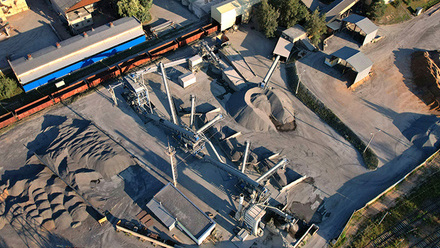Biomedical hydrogels optimised with near-infrared light
Researchers in the US are developing hydrogels from nanomaterials that can be manipulated with near-infrared light (NIR).

In doing so, they hope to better control such materials for optimal use in tissue regeneration or drug delivery.
A team at Texas A&M University explain light-responsive hydrogels are an emerging class of materials used for non-invasive, non-contact medical devices in areas such as photothermal therapy, photodynamic therapy, drug delivery and regenerative medicine. However, they note that current light sources, such as UV light and visible light, cannot sufficiently penetrate the tissue to interact with the hydrogel.
Instead, the scientists are taking advantage of the NIR absorption capabilities of a new class of 2D nanomaterials – molybdenum disulphide (MoS₂) – combined with certain polymers to form hydrogels.
The method has been tested both in vitro and in vivo. The results reveal that the hydrogel can be formed by NIR light inside the tissue beneath the skin.
‘Traditionally, UV light is the major light source to trigger hydrogel gelation. NIR light has a higher penetration depth for skin and is more biocompatible…Therefore, this material has a great advantage,’ says Hung Pang Lee, graduate student at the University.
‘These nanosheets with high photothermal conversion efficiency can absorb and convert NIR light to heat…The photothermal effect can heat up the surrounding environment to cause the phase transition of the thermo-responsive polymer for forming crosslinks.’
While the current methods of gelation heavily rely on the use of photo-initiators or thermo-initiators to trigger hydrogel formation, using NIR light without photo-initiators is an attractive light source for in situ gelation, Lee explains.
The NIR light could enable therapeutic hydrogels to form in the body for precise drug delivery, for example, cancer therapies may be retained within the tumour to ease the side effects. The technique could also generate heat inside the tumours to ablate cancer cells through photothermal therapy, which can be combined with chemotherapy.
Lee concludes, ‘For now, the materials can be facilely synthesised in research scale. We want to investigate if there are more types of nanoparticles that can be used.’







